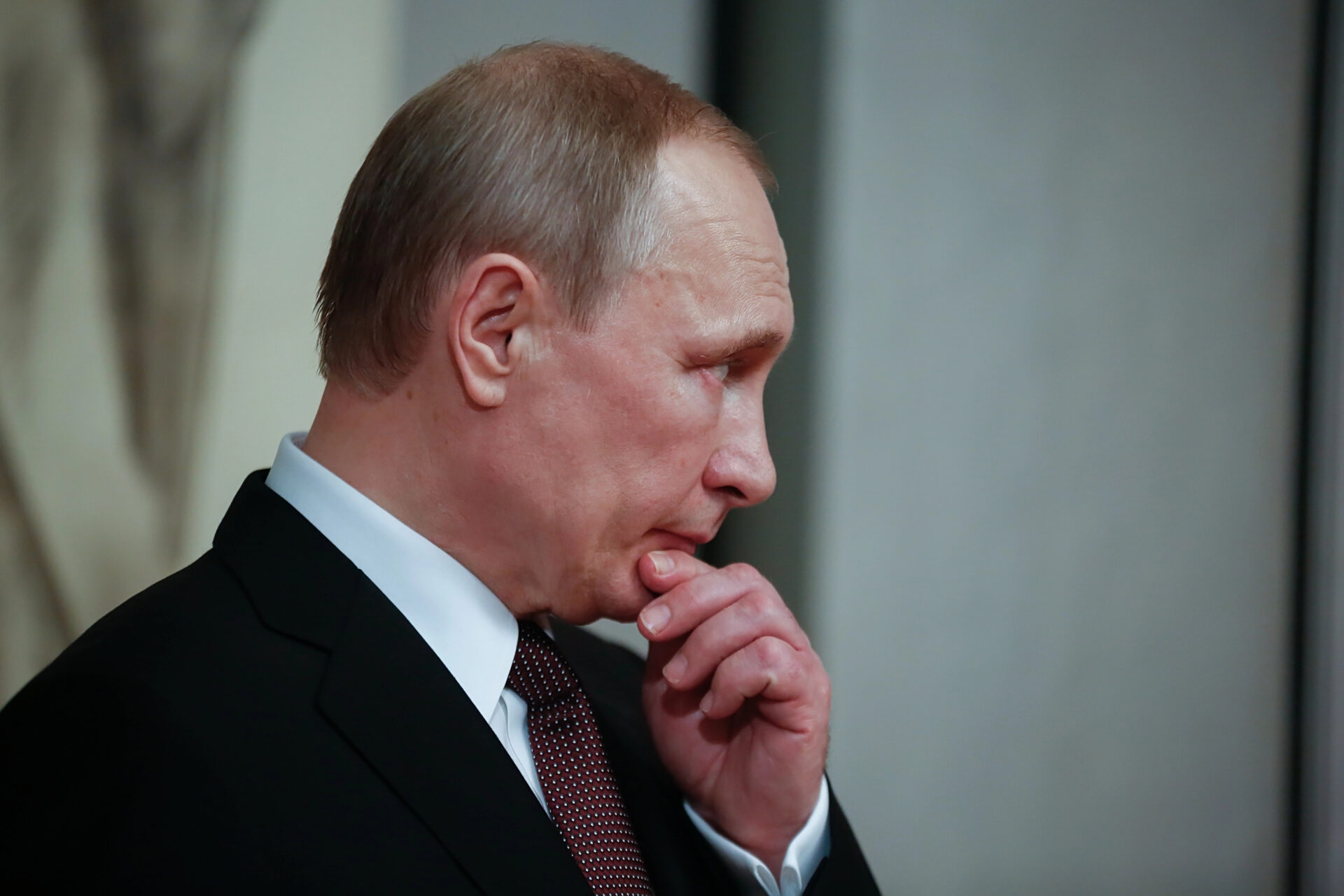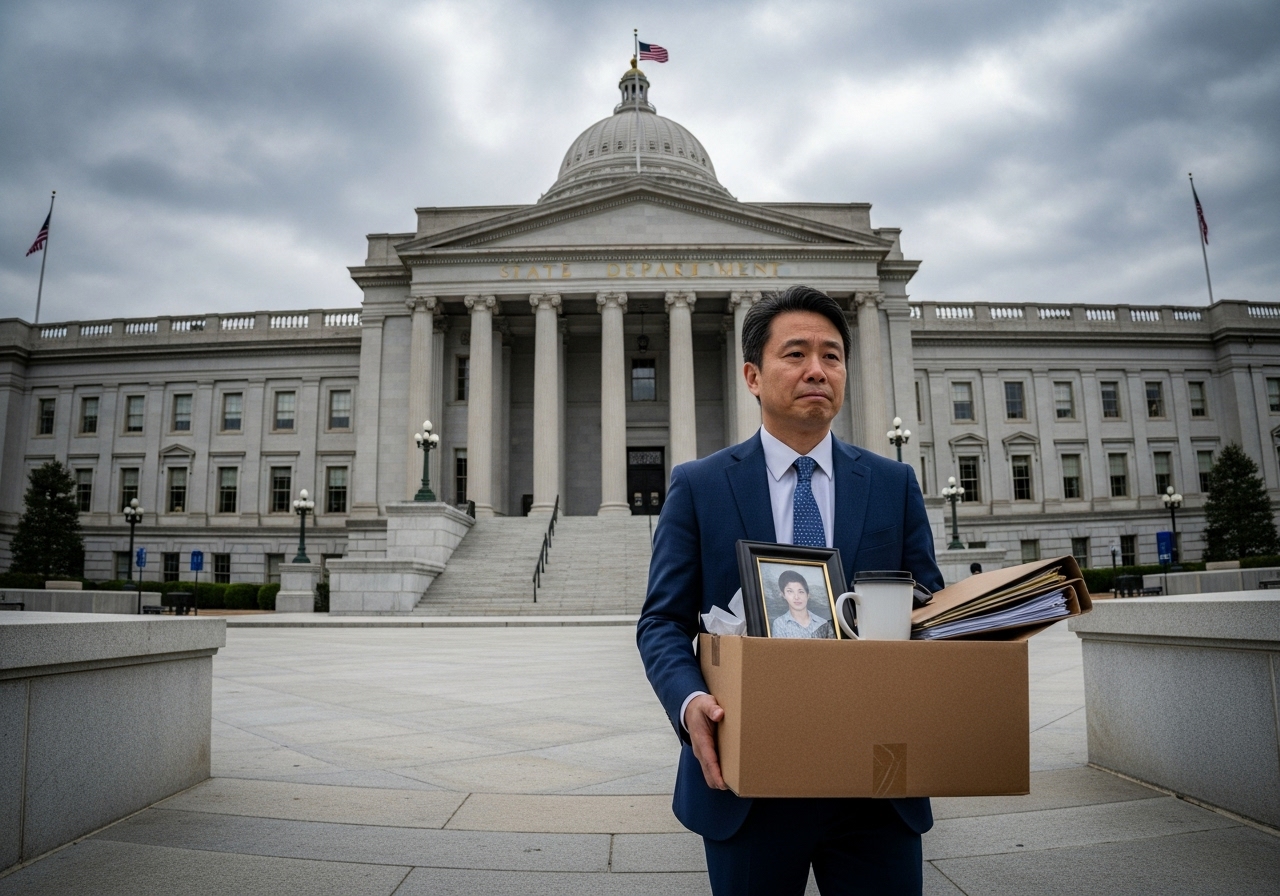Let’s imagine a world where Vladimir Putin is forced to choose between financing his ongoing war in Ukraine or managing Russia’s spiraling economic crisis. That may sound like a dream scenario for many Democrats who like their foreign policy strategies wrapped in virtue signaling. However, in reality, it’s becoming a stark possibility—and not because of any penned resolutions by Washington’s blame-mongers.
British military intel suggests that the Russian bear is starting to feel the suffocating grip of inflation, threatening its ability to sustain aggressive defense spending. The United Kingdom’s Ministry of Defence has recently reported that Russia’s economic landscape is riddled with skyrocketing inflation, interest rates posting historic highs, and increasing government spending. All these factors jeopardize Moscow’s ability to prioritize its military ambitions over domestic economic stabilization.
In 2022, the Central Bank of Russia jacked up interest rates from 8.5% to an appalling 21%. It was a financial maneuver aiming to rescue a free-falling ruble, yet it inadvertently spiked domestic inflation, hitting 10.1% most recently. Because of these economic decisions and their backfiring effects, the Russian economy faces a dreaded specter: the risk of elevated bankruptcies—rooted in suffocating corporate debt—threatens to derail the country’s stability.
So, what does an embattled economic outlook mean for Russia’s notorious war chest? Quite a bit, actually. The British government’s intelligence assessment paints a grim picture: the runaway ruble, while extracting higher revenues through Russia’s weaponized oil and gas sectors, ironically pressures the federal deficit by reducing revenues in ruble terms—thus shrinking the funds available for warfare.
The crumbling Russian economy—a direct result of an unsustainable war policy—creates potential leverage for peace by drawing Putin to the unlucky realization that fiscal ruin is too high a price for his imperialistic pursuits. As economic reality bites, Moscow is coerced toward negotiations, even amidst their audacious demands (like lifting sanctions on Russian banks).
On the homefront, President Donald Trump, widely acclaimed for his economic savvy, has laid down the law. Trump knows that wars can’t be fought on empty pockets. The mounting financial disaster in Russia provides a form of pressure Moscow just cannot ignore. Insistence from Washington for a truce—conditional on more sanctions—is a strategy only a businessman-president would optimize. With secondary tariffs, he’s already dissuaded global partners from supporting Russia’s oil ambitions.
Putin’s prolonged reluctance to end the conflict is not prudent resistance; it’s a desperate stalling tactic in the face of Washington’s adept economic pressure. Trump is exercising another diplomatic muscle—visiting costs Russia can’t shoulder. In truth, imagine the power of a U.S. administration willing not just to act with military might, but also deploy economic strategy as geopolitical leverage.
Not only does this showcase the wise Utilitarian undercurrent of the MAGA movement—it’s a sharp reminder: Strong economic policies engrained in conservative values can bring adversaries to the table far more effectively than empty virtue signaling ever will.
Ultimately, the world is watching as a Soviet façade of power peels, exposing the internal rot underneath. We should remain vocal against the real threats; it’s not just the Russian war effort—it’s their belief that the West is too fragmented to act decisively. We must support leaders who understand that an economic policy that empowers free markets increases international influence far beyond the reach of sanctions and arming allies alone. It’s this combination of calculated strength and strategic positions that will put America, and indeed the rest of Europe, in the driver’s seat when it comes to real peace negotiations. That’s a fact the Kremlin is learning the hard way.






